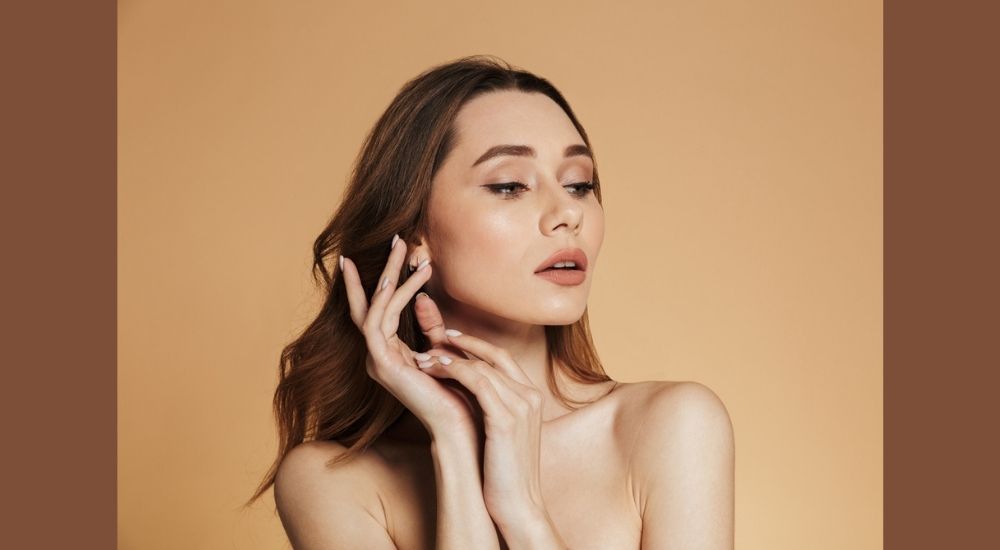Skin discolouration is a common problem that most people face during their life. A number of factors cause skin discolouration such as age, hormone imbalance, inflammation. Shania O’Brien brings you the ultimate guide to colour correction and understanding how best to match product to your clients’ skin.
Let’s begin with the terms ‘undertone’ and ‘overtone’: there are several reasons why knowing your skin’s undertones and overtones are essential. Primarily, know these can help with finding perfect matches for foundation and lipsticks, or knowing how to colour correct unwanted tones away.
“Undertones and overtones are broad, and sometimes tricky to understand as they differ from person to person,” said professional makeup artist Jackson Roberts. “The best way to break this down is that undertones are colours that make up your skin tone, and overtones are your overall colour appearance, such as hair colour, eye colour, skin tone.”
What are undertones and how to discern yours:
One would typically need to know their undertones in order to find their perfect foundation match, or to decipher which eyeshadow and lip colours suit them best. There are three undertones that most people will fall into: cool, neutral and warm –
- Cool being undertones of pink and blue
- Neutral being a physical mix of green, red and yellow undertones
- Warm being yellow and golden undertones.
“The best way to find your undertone is to put a piece of white paper next to your face. You can look back at yourself and the paper to see what the difference is. Do you see pink, yellow, or something in between?” said Jackson.
He added, “If you’re still not sure, just take a look at the veins on your arms. But make sure you have no fake tan on as this may alter your skin tone! If your veins are blue, you’re cool. If they are green, you’re warm. But if you have a mixture of green, purple and maybe some blue, you’re neutral.”
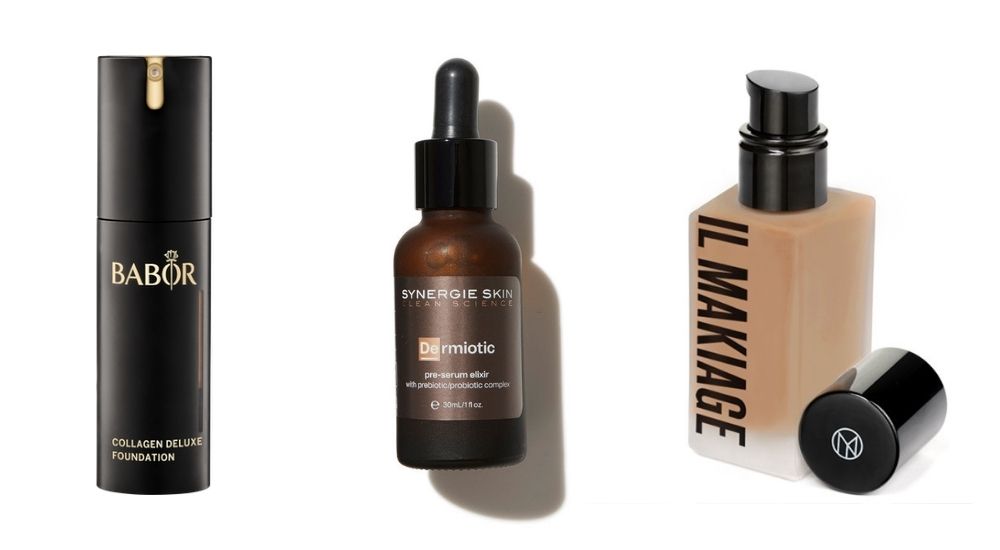
What is the easiest way to find your overtone?
Overtones are what people see when they look at you as a whole: your hair, skin, eyes.
“This is something that often takes time to get right as most people frequently dye their hair and wear the wrong colour of clothing,” said Jackson. “Such practices can sometimes throw off your overall overtone if you don’t pick the correct colour to suit you. This, of course, goes back to colour theory and which works best for you.”
The easiest way to understand your overall look is to look at your natural hair colour, skin tone and eye colour and work with what colours compliment them on the colour wheel. “The opposite colour on the wheel not only corrects when overlaid but also makes it pop when it’s put next to it,” Jackson added.
How does one go about colour correcting?
Hyper and hypo-pigmentation is caused by altering levels of melanin – the natural colouring agent that gives skin, hair, and eyes their colour. Some things can trigger an increase or decrease in melanin production, such as sun exposure, pregnancy, hormonal changes, inflammation, and age.
But changing melanin levels is only one piece of the pie. Some may want to cover up scars, redness caused by acne, fine lines, or they might want to accentuate certain facial features and neutralise others.
Colour correction is a professional makeup technique that uses complementary colours to neutralise unwanted complexion tones like under-eye bags and redness, ultimately minimising discolouration. “I recommend using orange to correct the blueness under the eyes, green to remove the redness of blemishes or scarring, and yellow/orange to brighten up grey tones,” said Jackson.
Jackson also shared that his pro-tip for colour correcting is to refrain from using colour correctors as concealers. “You don’t want to cover the area of concern completely, you just want to correct it. This will also stop your foundations or concealers from becoming green or orange,” he said.
Is there a way to permanently colour correct?
Skincare is always a good option to treat discolouration, though it may take a while to see results. If you have issues with scarring or blue tones, products containing Vitamin C tend to work best to lighten these concerns up.
“I personally reach for a serum from Caudalie, which is the Radiance Boosting Serum,” said Jackson. He also recommends glycolic acid to quicken up the brightening process. He added, “It helps the skin’s cells turn over quicker, and allows serum to penetrate and work faster. It is great to pair with your favourite brightening serum and helps to lift scarring and grey tones.”
Alternatively, the next step is laser and more targeted treatments, but it is recommended to speak with a beauty therapist or GP before taking the leap.
Products made to colour correct and target discolouration:
Medik8 Super C Ferulic
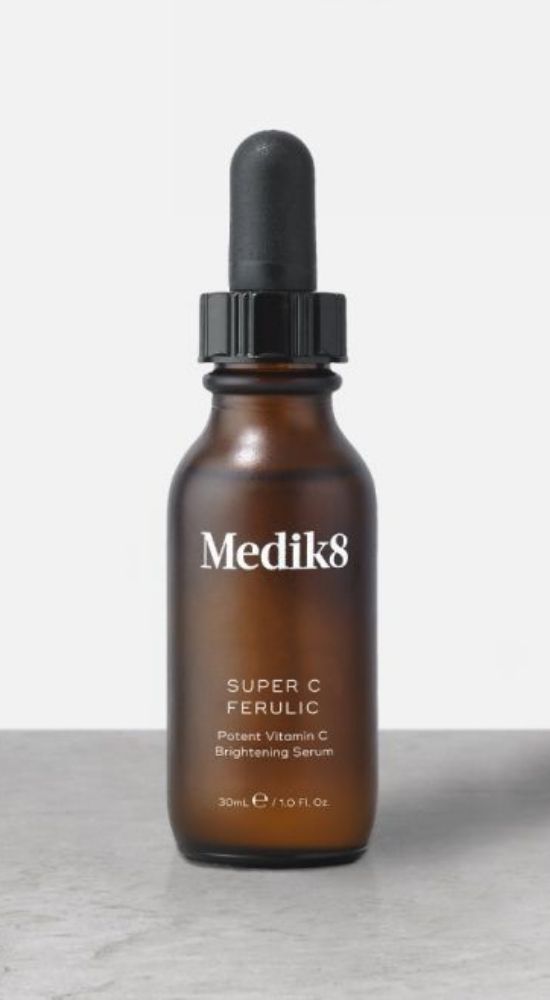
Super C Ferulic, Advanced Cosmeceuticals 1800 242 011
Synergie Skin Dermiotic
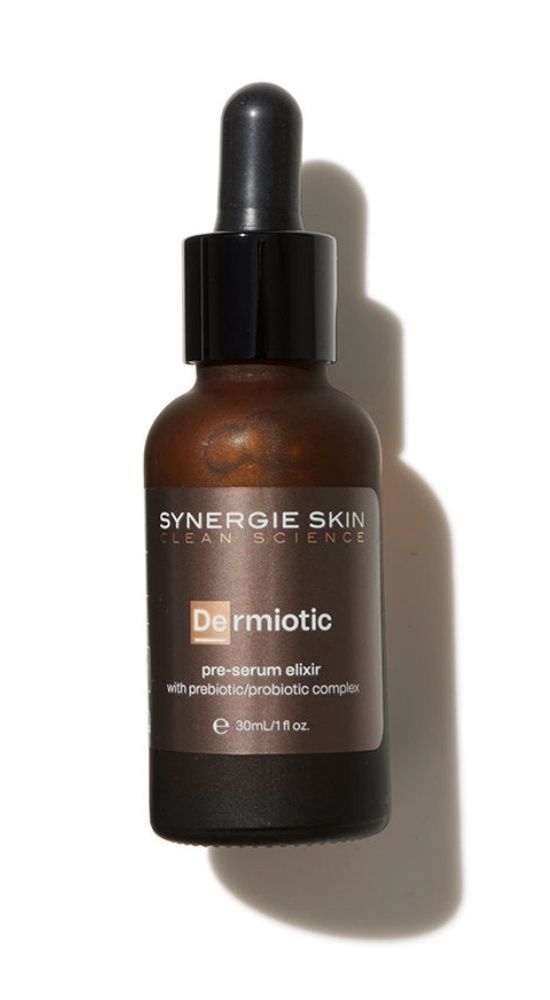
Dermiotic, Synergie Skin 1300 689 619
Babor Collagen Deluxe Foundation
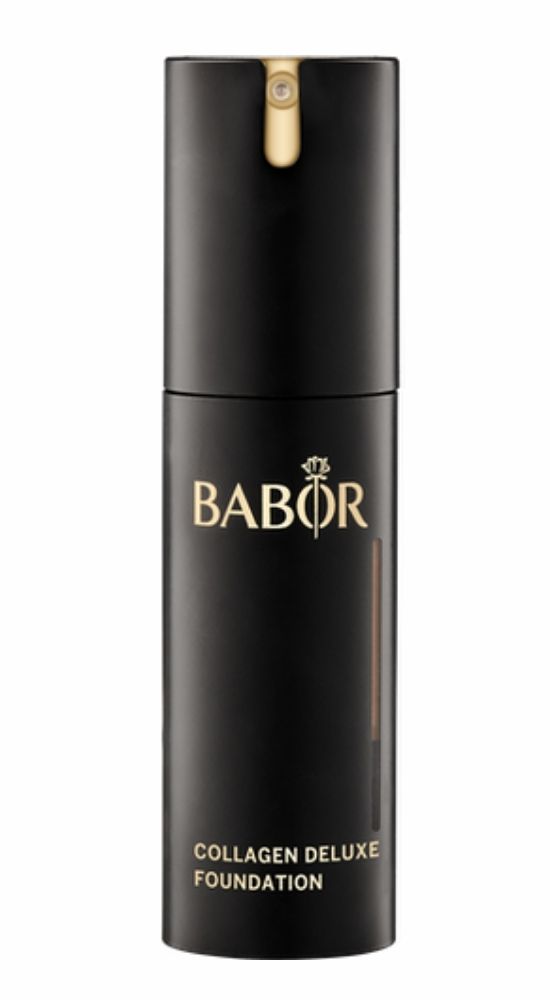
Collagen Deluxe Foundation, BABOR Cosmetics Australia 1800 139 139
Dermalogica Daily Glycolic Cleanser
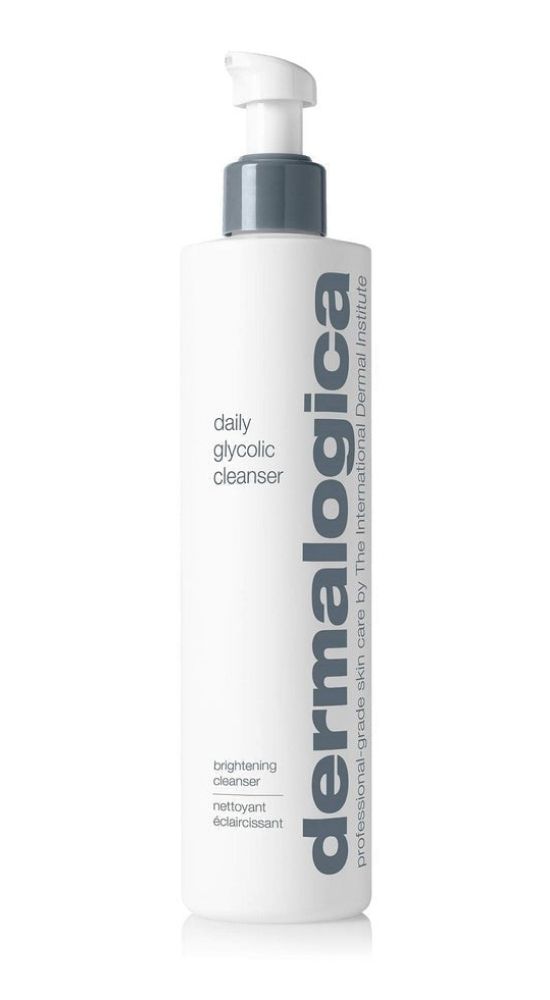
Dermalogica Daily Glycolic Cleanser, Dermalogica 02 8437 9600
Il Makiage Woke Up Like This Foundation
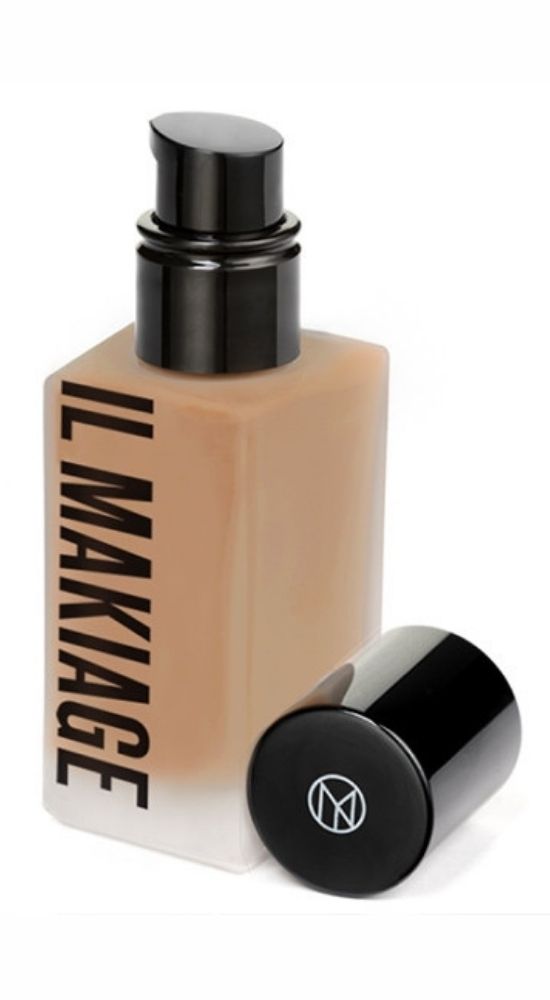
Woke Up Like This Foundation, Il Makiage ilmakiage.com/au
Read the current issue of our digital magazine here:
- For more news and updates, subscribe to our weekly newsletter
- Follow us on Instagram
- Like us on Facebook
- Join Australia’s largest network of beauty industry professionals on LinkedIn
- Subscribe to our print magazine
Have an idea for a story or want to see a topic covered on our site and in our pages? Get in touch at info@professionalbeauty.com.au.

